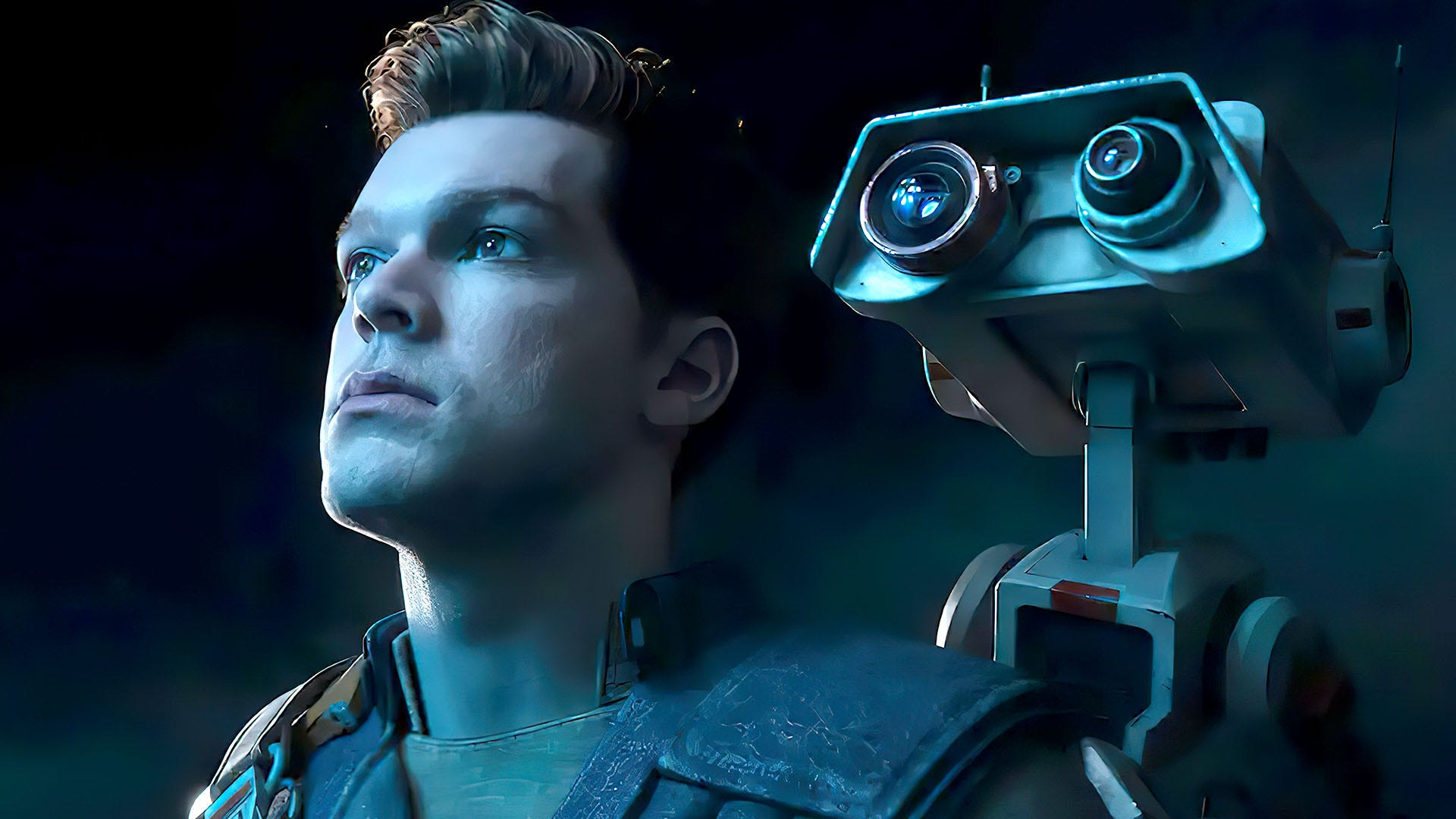Star Wars Jedi: Survivor's ray tracing impresses on PS5 - but also causes the biggest performance issues

Four years on from the release of Star Wars Jedi: Fallen Order, developer Respawn brings us an ambitious sequel in Star Wars Jedi: Survivor. The new game reaches some impressive technical high points, alongside some notable performance issues. Above all, it's a rare current-gen-only release, targeting PS5, Series X, Series S and PC. Lighting, shadows and animation are all excellent, but the headline feature has to be the inclusion of meaningful ray tracing on console and PC, with RT reflections and global illumination. We've gone into the PC version's issues in some depth, but the good news is that while the PS5 build is far from perfect, it is possible to get a decent experience from the game.
Weighing in with a 150GB install, Jedi Survivor is a colossal endeavour from the team at Respawn with a mix of gorgeously presented cutscenes, Metroidvania-style progression and Dark Souls-esque combat amongst a sprawling world design. From the glittering cityscape of the game's intro to the flourishing greenery of Koboh, the first truly explorable open area, there's a great sense of variety here.
In fact, it's in these first two areas - the city, and the open plains of Koboh - that we see Unreal Engine 4 being pushed in two different ways. The city offers more cramped environments that show off how ray tracing is used for indirect lighting, with shaded areas being lit, even coloured, by tracing the path of light as it bounces from its source and off nearby geometry. In wider expanses like Koboh, RT reflections are used for water bodies like lakes, streams, supplanting the usual screen-space reflection method that looks realistic even if the world detail being reflected is out of your view. SSR is still used elsewhere though, such as in puddles in the opening city of the game, but where RT does appear it's impressive.
Nguồn: Eurogamer